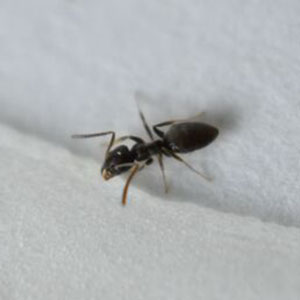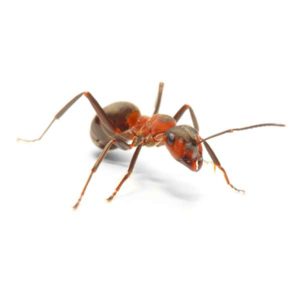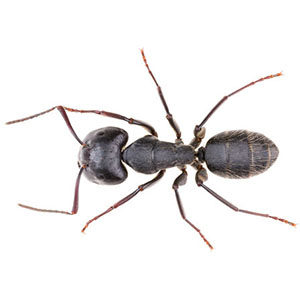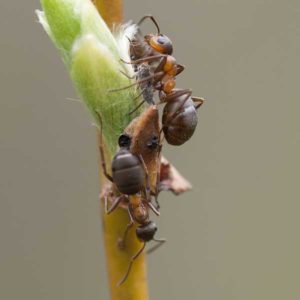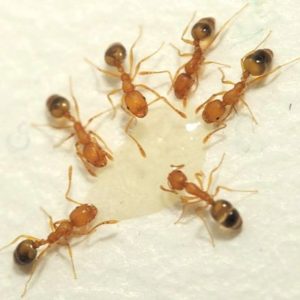Description
| Size | 1/8 in. |
| Color | Black or dark brown |
| Body Structure | Head, thorax, and abdomen with a small node on pedicel that is slightly hidden by the abdomen. |
| Characteristics | Odorous House Ants are social insects that thrive in colonies, often with multiple queens and up to 100,000 worker ants in a single colony. The name is derived from the fetid odor, similar to rotten coconut, that is released when the insects are crushed. |
| Habitat & Behavior | Commonly nest outdoors in mulch, rotting logs, boards, debris and under sidewalks/concrete. However, they also can be found nesting indoors in wall voids, between window frames and in cracks and crevices. Feeding on honeydew in the wild, Odorous House Ants often invade homes where they can find sugary food residues. |
| Commonly Active | Spring / Summer / Fall |
| Prevention & Treatment | One can prevent odorous house ant invasions by making sure any food residues, particularly those from sugary items, are cleaned up. Odorous house ants tend to travel in large numbers, and even though infestation may seem to disappear after administering treatment, there often are thousands more lurking. For this reason, it is best to contact a pest control professional who can locate the colony and treat the problem at its source. |
